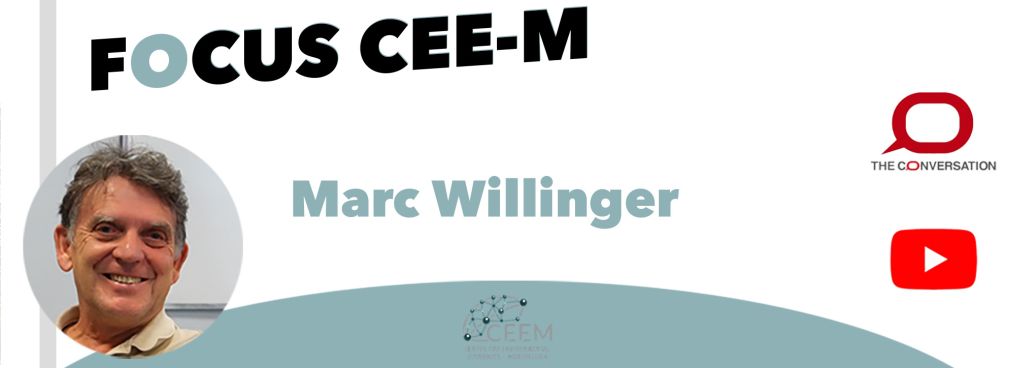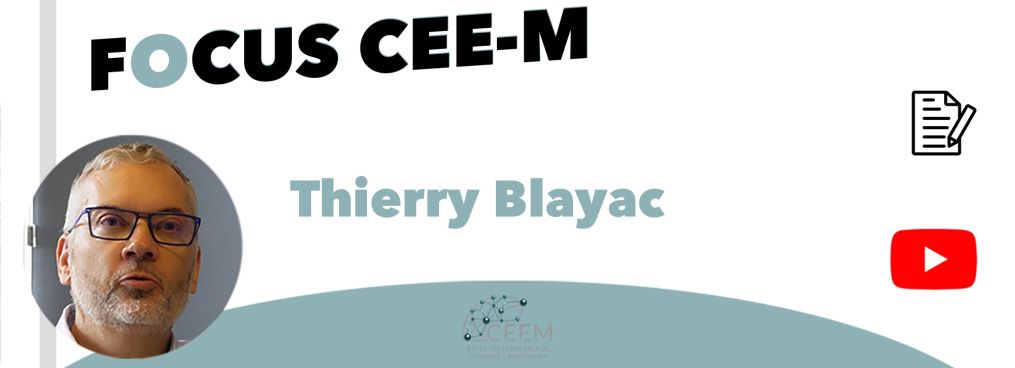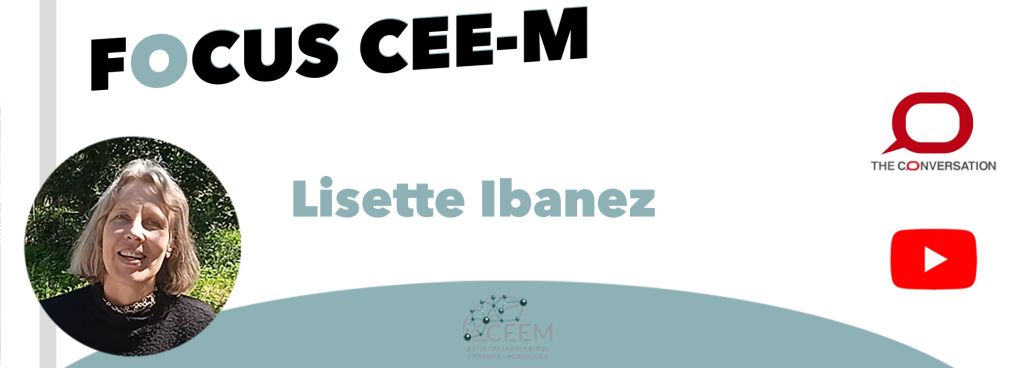FOCUS SUR : Willinger M, Dubois D, Bravaccini S. Participation in sports competition closes the gender gaps in competition and in risk taking. Journal of Sports Economics. 2023 2023;24(1).
doi: https://doi.org/10.1177/15270025221108189
In what ways practicing competitive sport can reduce gender inequality?
Article focus publié dans :

Marc Willinger, Université de Montpellier
On the job market, many employers seems to look for a competitive spirit . This is no doubt why former athletes often benefit from certain favours as staff members. It may take the form of a salary bonus varying from 5% to 20% depending on the study, social benefits or even greater employability. Several studies show that practicing competitive sport shape behaviour, whatever the type of sport.. Athletes’ risk tolerance and their desire to win are assumed to increase when they are faced with intense competition.
Could this be a way of reducing the gender gap? If women could develop a profile more inclined to risk-taking and a competitive spirit through the practice of competitive sport, would they have more job opportunities and higher income prospects?
To find out, we conducted an experiment comparing athletes and non-athletes in terms of their attitudes to risk and their taste for competition. The results show similarities between female athletes and male non-athletes.
Sport that reduces differences
How do you measure whether someone is competitive or not? We used a variant of the protocol developed by two women, Muriel Niederle from Stanford University and Lise Vesterlund from Pittsburgh University . They looked at gender differences in this area: a lack of competitiveness among women and excessive competitiveness among men, compared with their respective performances. In our experiment, participants were asked to perform two successive tasks: a counting task and a ball-throwing task.
The first task consisted in counting during five minutes, the number of “1s” present in a succession of tables in which the figures were mixed with “0s”. In the second task, participants had to throw three foam balls into a wastepaper basket placed two metres away.
In each case, male and female participants could choose between two methods of payment. The first option entitled “pay-as-you-go”, guaranteed that participants were paid according to their performance: each correct count or each ball in the basket ensured a gain of 50 cents. It was also possible to opt for a “tournament payment”: this method of remuneration put together participants who chose the competitive approach. This option offered a higher payout: €2 per correct count or per ball in the basketfor the winner. However, it , carries a risk: only the participant who achieves the best score in his or her group is paid. The others win nothing. By choosing payment for the tournament, the participants revealed their taste for competition and their appetite for risk-taking, which was also measured independently using a specific individual risk-taking task.
78 athletes practicing an individual sport and taking part regularly (at least every month) in national and/or international competitions were selected toparticipate in the experiment, along with 77 other individuals not involved in sports championships. Around 85% of the participants were students. The two samples were comparable in terms of distribution by age, gender and study level . All the participants were volunteers
61% of athletes chose the tournament for the ball-throwing task, compared with only 27% of non-athletes. For the counting task, 57% of athletes chose the tournament compared with 41% of non-athletes. Female athletes were less competitive than their male counterparts, but more competitive than male non-athletes. Regardingthe ball-throwing task, 50% of female athletes opted for the tournament compared with 36% of male non-athletes and only 20% of female non-athletes. Similarly, for the counting task, 50% of female athletes opted for the tournament compared with 42% of male non-athletes.
A similar result was observed for risk tolerance. Female athletes had a level of risk tolerance comparable to that of male non-athletes, whereas in the general population almost all studies conclude that men are more risk-tolerant than women.
These observations suggest that practicing competitive sport makes female athletes act more like men in terms of their appetite for risk and their competitiveness, which reduces the gender gaps with respect to these two dimensions of their preferences.
A competitive spirit to be developed at school?
What are the explanatory factors? Four hypotheses are conceivable..
Firstly, female athletes may perform better in competitive tasks compared with non-athletes. They might prefer to be paid in tournaments because they think they can get higher scores under the pressure of competition. Secondly, female athletes may have a greater appetite for risk and therefore opt more frequently for tournament than non-athletes do. Thirdly, they would be less prosocial than non-athletes: they would be less concerned about the negative consequences inflicted on others by the choice of tournament, i.e. the fact that there are losers who are not rewarded for their efforts in the tasks. Finally, fourthly, female athletes would have developed a strong taste for competition.
The first two hypotheses are clearly rejected by our data. The scores of the female athletesfor the two experimental tasks were not better than those of non-athletes. Although they are slightly more inclined to take risks compared with non-athletes, risk tolerance has a negligible effect on the probability of choosing the tournament.
The third hypothesis regarding pro-sociality is also ruled out. This factor is measured using experiments established through experimental economics: the dictator game and the prisoner's dilemma game. In the first one, participants are paired anonymously. One of the two, , the dictator, receives €10 from the experimenter, while the other receives nothing. The dictator can transfer all or part of the sum received to his counterpart, or may choose to keep it all.
.
The "prisoner's dilemma" games are inspired by the following situation. Two criminals are caught and thrown into prison in separate cells. When questioned, they have the choice between remaining silent or placing the blame on their accomplice. Talking if the other remains silent means freedom for the first and a heavy sentence for the second. If both speak, however, the sentence will be heavier than if they had both remained silent.
Admittedly, we were able to show that female athletes are less generous in the dictator game and less cooperative in the prisoner's dilemma. Nevertheless, pro-sociality measured in this way does not revealany significant correlation with the probability of choosing the tournament.
We therefore conclude that female athletes' taste for competition is the determining factor in their propensity to choose the tournament, a conclusion supported by the responses to an independent questionnaire measuring competitiveness. It should also be noted that choosing the tournament allows athletes to compare themselves with others and to find out whether their own score was better than that of others chosen at random, an information that is particularly valued and sought after by athletes.
Sport with a strong competitive element seems to make female athletes more competitive and develop a taste for risk, two virtues appreciated and sought after by many employers. Involving women in competitive sport therefore appears asa way to reduce certain gender gaps, a path that could be favoured in the education of young girls from an early age.
l’éducation des jeunes filles dès le plus jeune âge.![]()
Marc Willinger, Professor in economics, expermental and behavioral economics, Université de Montpellier
________________________




